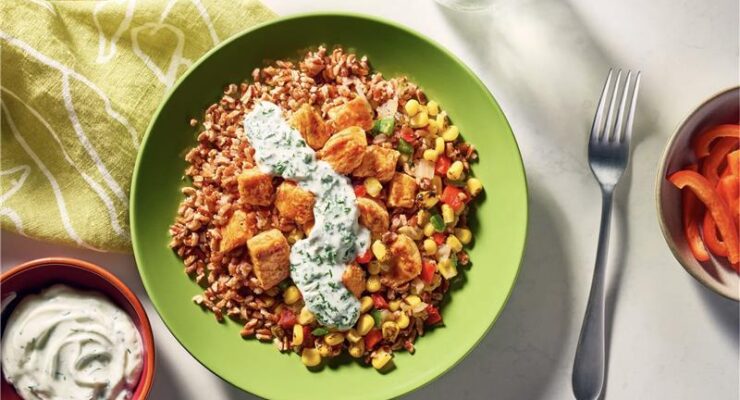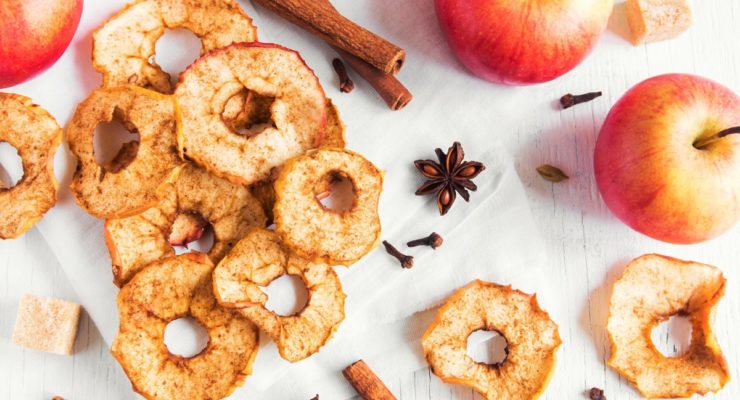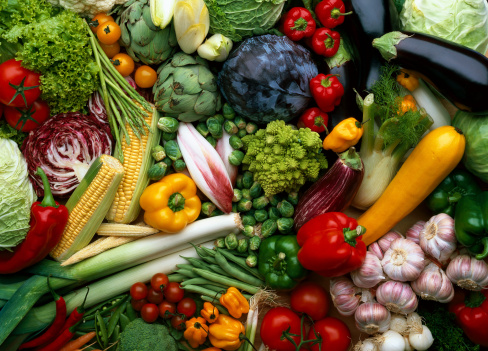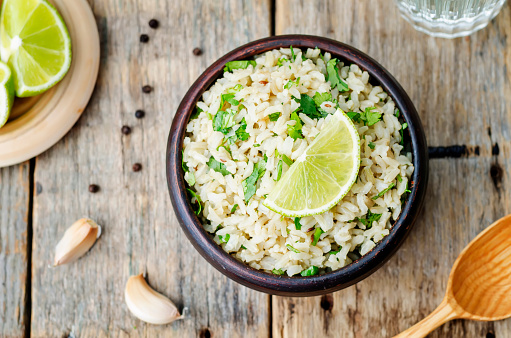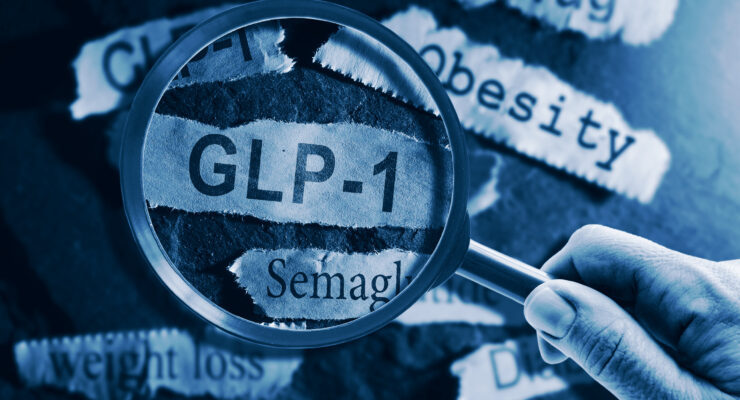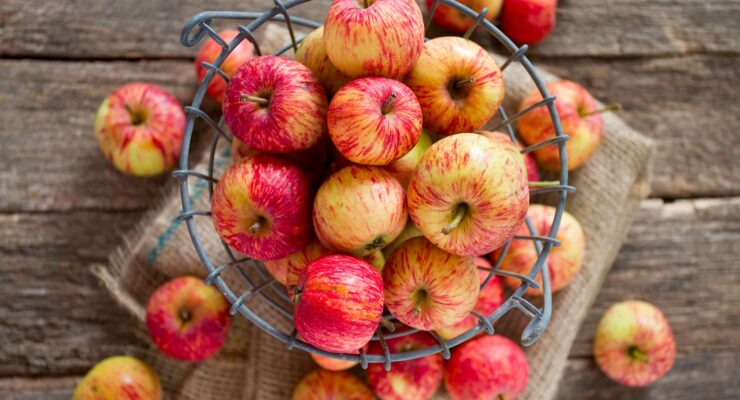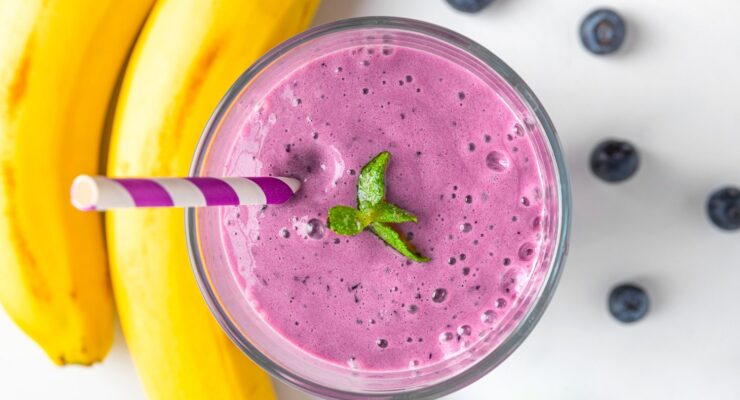Your Clean Eating Playbook
Article posted in: Diet & Nutrition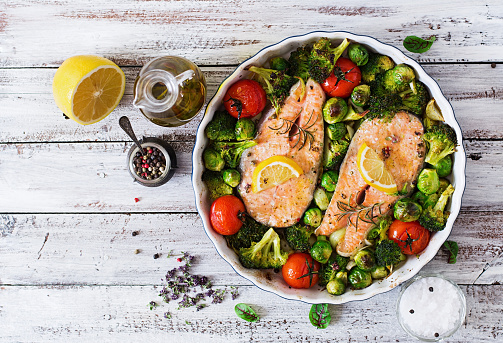
You’ve probably heard a friend say they’re losing weight—or trying to lose weight—not by dieting, but by “eating clean.” Or you might have heard the approach touted by celebrities who attribute their glowing skin and enviable bodies to this “natural,” simple technique.
But it’s not so simple: There are lots of definitions—but no clear consensus—on what it means to “eat clean,” or its overall benefits. So… what is clean eating, anyway?
The bodybuilder’s definition of “clean” cuts out carb-dominant foods, including fruit and dairy. This is ostensibly to help with contest prep, where participants are hoping to look as lean as possible, but for many, these foods are even avoided in non-contest season. In studies of bodybuilders, this type of “clean eating” has been associated with deficiencies in Vitamin D and calcium—increasing osteoporosis risk—as well as minerals including zinc, copper and magnesium. So unless you’re a bodybuilding contest hopeful, this type of clean eating probably isn’t for you.
The most common, naturalistic definition of “clean” revolves around avoiding processed foods. Eating “clean” is a philosophy more than a diet, focusing on eating whole foods—or “real” foods—that are unprocessed or minimally processed, in a form as close to their natural state as possible. The idea is that these whole foods are naturally more nutrient-dense, and are therefore better for you. In her book, “The Eat-Clean Diet,” author Tosca Reno recommends “shopping at farmer’s markets or, when at the grocery store, stick to the perimeter and choose foods with one to three pronounceable ingredients only.”
Your ability to pronounce a food really doesn’t determine if it’s good for you or not. You may not be able to pronounce “baobab,” but the tropical fruit is a great source of Vitamin B6 and potassium. And while that’s obviously not in the spirit of the concept of “clean eating,” the opposite can be true, too: Just because a food is processed doesn’t mean it isn’t good for you or nutrient-dense. Whey protein isolate, for example, provides more bio-available protein than meat, eggs, soy or pretty much any other protein source. Plus, it’s low in sugar, and has been shown in multiple studies to have positive effects on exercise performance and results, and in the treatment of osteoporosis, cardiovascular disease and certain forms of cancer.
Clean eating, as with any all-or-nothing diet, can lead to distress—and can even backfire. In a 1999 study from the journal Appetite, scientists found that strict dieting was actually more associated with overeating and increasing bodyweight than flexible dieting, and that flexible dieting was less associated with depression and anxiety. Translation: Lots of rigid rules that say “I’ll never eat X” translate to bad feelings and bigger waistlines.
That doesn’t mean there aren’t aspects of the clean eating concept that won’t help with your weight loss and overall health: Eating more whole foods is good, for starters. Add these clean eating-inspired guidelines to your day to aid in weight loss, reduce disease risk and pack more nutrients onto your plate:
1. Eat lots of veggies.
Filling half your plate with vegetables can make you live longer: Consumption of the recommended five daily servings has been associated with lower risks of cancer, diabetes, heart disease and other chronic conditions. And when they’re dark, leafy greens like spinach and kale, the benefits are enhanced: In a 2001 study in the journal Circulation, researchers found that people with more of a carotenoid called lutein in their blood had less thickness in their arteries—that is, a lower risk of hardening of the arteries, or artherosclerosis. And dark green vegetables are packed with lutein, as well as potassium that helps your heart function correctly.
Despite all these benefits, only 32 percent of Americans get their recommended daily servings of veggies. Filling half your plate with fresh (or frozen) vegetables at every meal is an easy guideline to meet these recommendations, and the high fiber content will also help with weight control: For every 10 grams of fiber you eat, you’ll have as much as four percent less fat around your middle.
2. Eat foods whole when you can.
There are exceptions, of course (see whey isolate, above), but in many cases, eating a food whole is a great choice. A medium-sized red delicious apple is, for instance, about 80 calories, but those 80 calories come with 4.9 grams of fiber. Consuming the equivalent calories of apple juice, though, reduces the fiber to 1.8 grams. Even peeling a vegetable can make a difference: A cucumber’s peel and its seeds are actually the most nutrient-dense portion of the fruit, packed with beta-carotene and fiber. And, of course, a lean pork chop beats a hot dog any day.
3. Cut back on salt.
Clean eating emphasizes fewer food additives, and that’s good: According to the CDC, more than 75 percent of the daily sodium consumed by Americans comes from processed or restaurant foods, not from the salt shaker.
One way to reduce these levels is to choose frozen vegetables over canned: Instead of being preserved with salt, frozen vegetables are blanched in water to stay bright and crisp before being quickly flash-frozen, locking in many nutrients without salt—sometimes more nutrients than can be found in fresh versions. In fact, according to one 2010 study, fresh vegetables can lose up to 45 percent of their nutrients if they sit on the shelf for two weeks. Although admittedly, this study was partially funded by the frozen food industry, it isn’t the first time we’ve heard this. According to fruitsandveggiesmorematters.org, freezing produce may not only help preserve nutrients, it may also increase the availability of the nutrients to the body. So in some cases, frozen might just be better.
When you must go canned or boxed, opt for lower sodium versions. All of Nutrisystem’s programs meet or fall below the USDA’s recommended intake of 2,300 mg of sodium or less per day.
4. Avoid added sugars.
“Added” sugar doesn’t mean the stuff you sprinkle in your coffee, but sugars in cakes, cookies, sodas and other processed foods that can cause blood sugar spikes, spark weight gain, and increase your risk of death. In a 2014 study from the Journal of the American Medical Association Internal Medicine, researchers found that dieters who consumed 17 to 21 percent of their daily calories from added sugars increased their risk of death from heart disease by 38 percent. Those who ate more than 21 percent of their calories from added sugars doubled their risk of heart disease-related death compared to those eating fewer than 10 percent of their calories from added sugar.
And eating that much sugar isn’t just done by outliers. Depending on the survey, Americans eat an average of 200-350 calories of added sugar per day—for someone on a reduced-calorie diet, that’s likely above the 10 percent threshold. The American Heart Association recommends a limit of about half that: 100 calories of added sugar per day for women, and 150 per day for men.
So clean up your sugar habits: Get your daily sweetness from whole fruits and dairy, sugars that come with fiber, potassium, protein, Vitamin D, and other things your body really needs to function.

